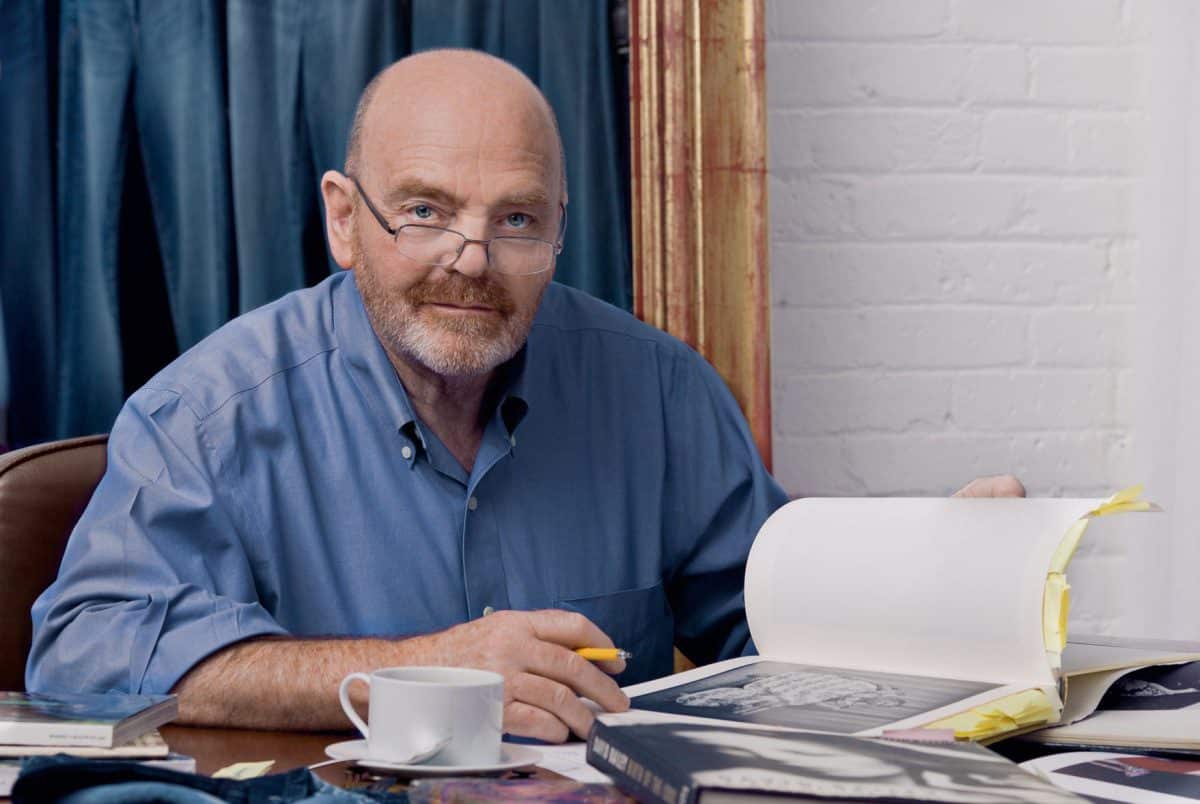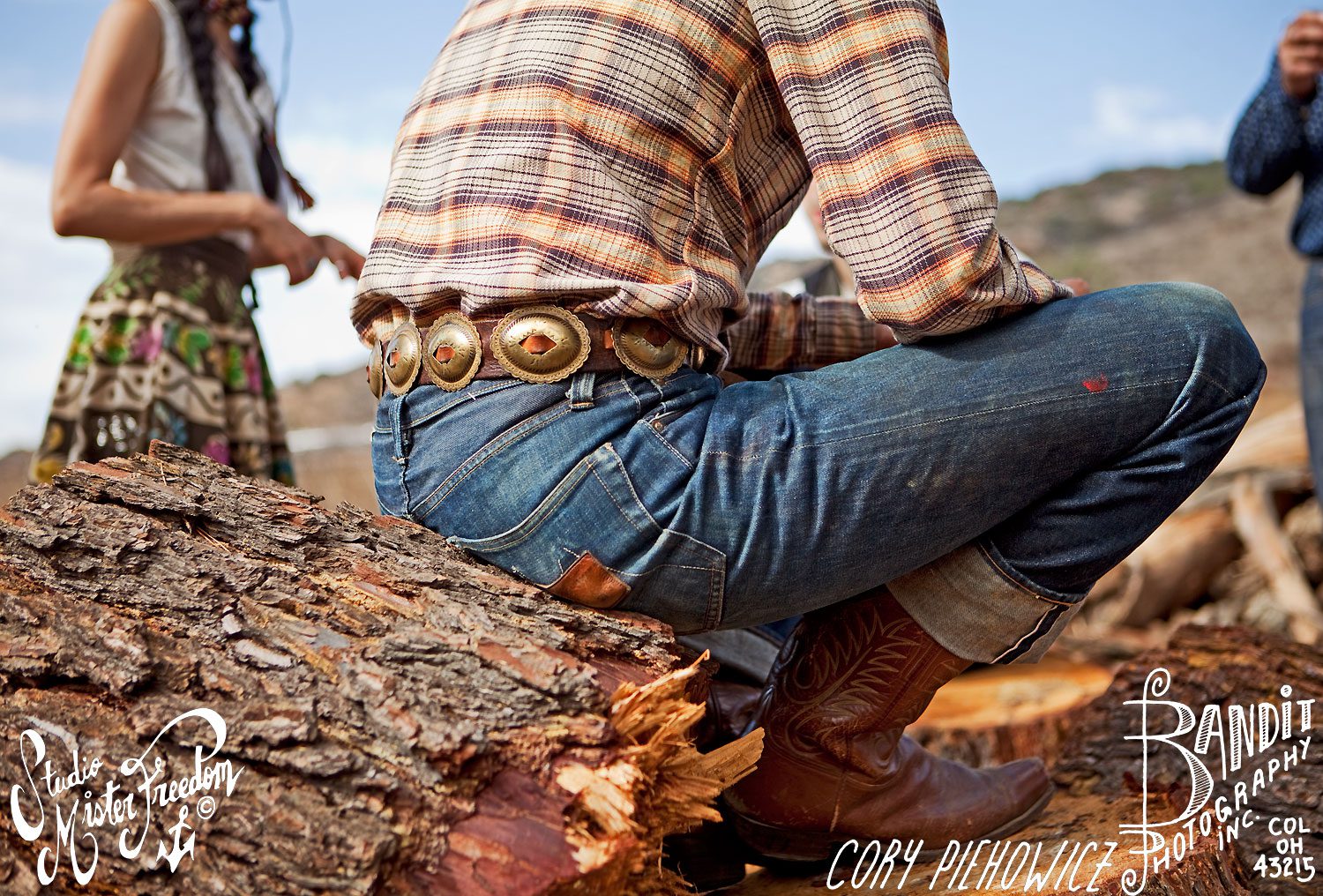This blog post is sponsored by Tellason. Read about how we run this site here.
Why Tellason Ignores Trends and Focuses on Timeless American-Made Workwear
Tellason inspires a degree of customer loyalty that few brands can match. What is it about this brand that turns first-time customers into long-time ones?
The two founders don’t pump up their base with highly anticipated collections or product drops. Indeed, they do the opposite. They buck trends, forging their identity around core pieces that have been unchanging fixtures in the denim landscape since their release.
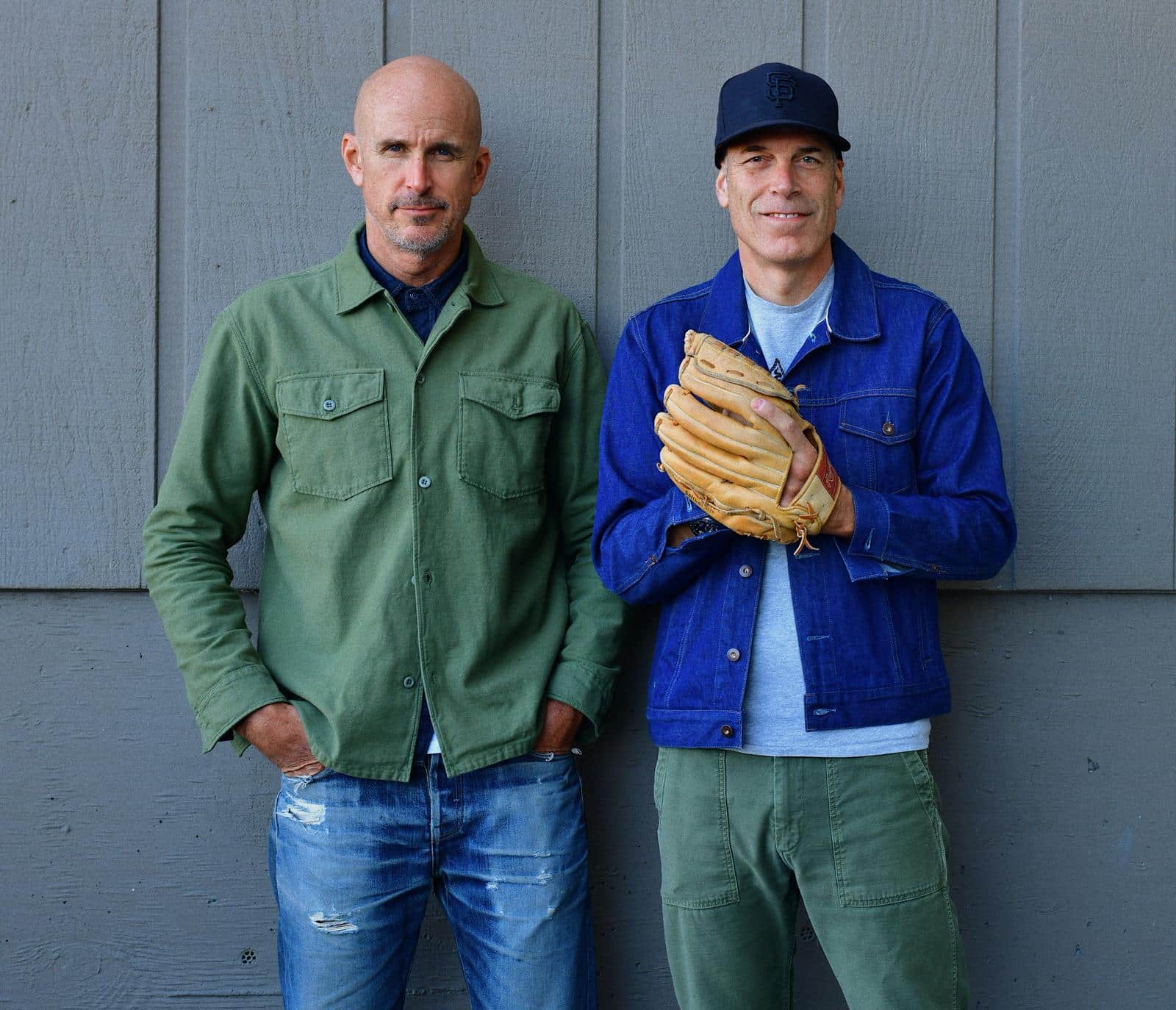
As we’ll see in this brand profile, it’s this predictability and no-nonsense approach to design and manufacturing that pull Tellason’s customers deeper into the fold.
The brand isn’t trying to be anything other than what it already is—a no-nonsense, everyman selvedge brand. It’s a simple and time-worn recipe, and Tellason’s fans keep coming back for more.
If you’re ready to get your hands on a Tellason garment, check out our buying guide to the brand’s five most iconic items here.
Bay Area Bedrock
There’s a lot to be said for American brands that keep their manufacturing close to home. This goes double for workwear brands, like Tellason, that are based in the San Francisco Bay Area.
When you live and work so close to the wellspring of iconic American workwear, the decision to manufacture your denim pieces locally simply means more.
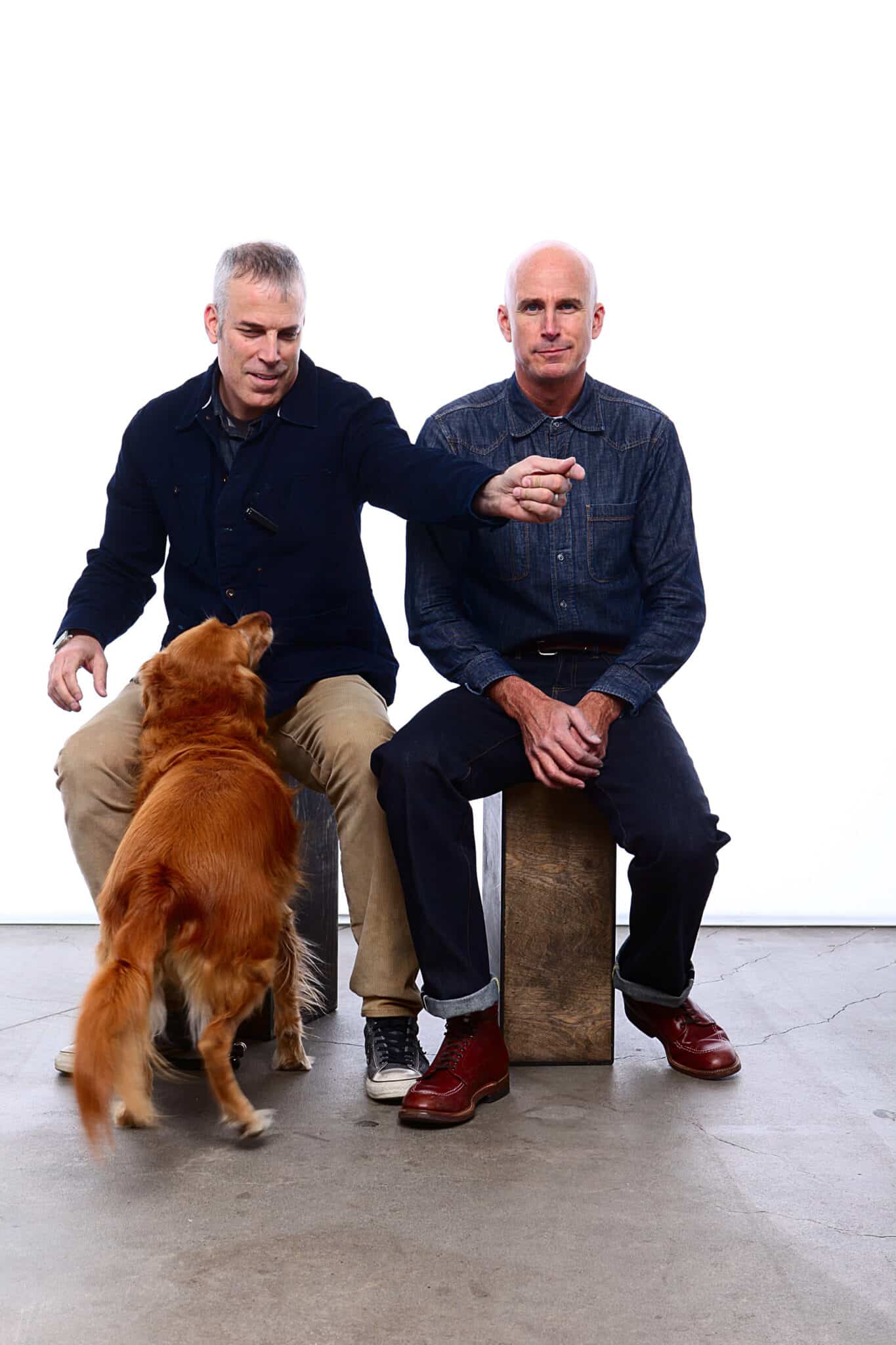
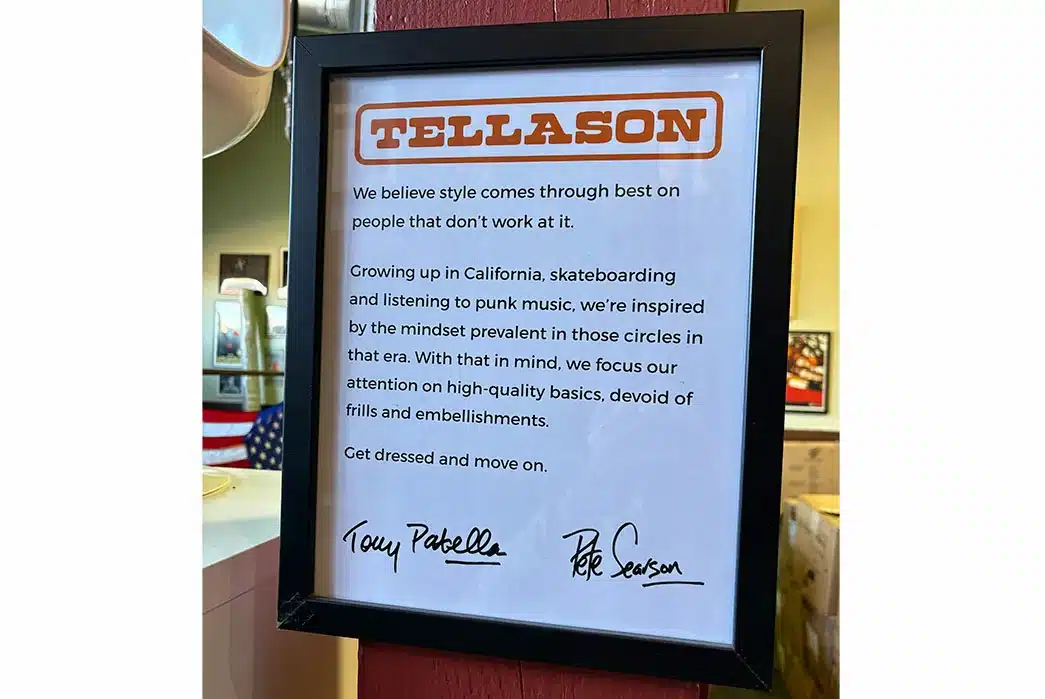
In an age that has seen the decline of domestic manufacturing and the rise of offshoring, the lion’s share of North American apparel brands find it more profitable to make their clothing elsewhere.
These brands might design their products in America, but their fabrics are milled, cut, and sewn in some of the world’s least expensive labour markets. They are counting on you, the consumer, to not care about such things. Hoping that the only printing you look at on the tag is the number that follows the dollar sign.
Tellason founders Tony Patella and Pete Searson (the brand name is a portmanteau of their last names) say that they “throw up a little” when they see ‘Designed in San Francisco’ and ‘Made in China’ on the same tag. It’s a sign that the brands are squeezing their margins, trying to wring every cent of profit they can out of each garment.


This may be common practice, but it’s not something Pete and Tony have ever even remotely considered. It would be a betrayal of Tellason’s bedrock principle, which is to both design and manufacture all of its denim workwear in San Francisco. A principle that has served Tellason very well in a crowded denim marketplace.
Authentic and Local
Pete and Tony founded Tellason in 2008, in the midst of a widespread economic downturn. Both had cut their teeth in the apparel and footwear industries, and they saw that what was creating difficulties for apparel brands at that time was not just the broader economic climate but also the fact that brands had lost touch with what pulled them into the market in the first place.
“They really blew it,” says Tony. “They lost sight of that original vision and who their customers were.”
Those customers—or at least the ones that Pete and Tony had in their sights—had turned a corner in the first decade of the new century. They were becoming more particular about details and cared deeply about how, where, and even why their clothes were made. Craving authenticity and respect for traditions, these customers were looking beyond the dollar sign on the price tag.

When Pete and Tony started looking for manufacturing partners, they drew a very small circle on the map. Inside that circle was a small factory that Tony had encountered before.
Before co-founding Tellason, he had partnered with Cliff Abbey of Sticky Fingers Jeans, a legendary figure in the Californian denim scene. Cliff had been the very first client for a father and daughter team, who had started a factory in San Francisco with just a pair of sewing machines between them.
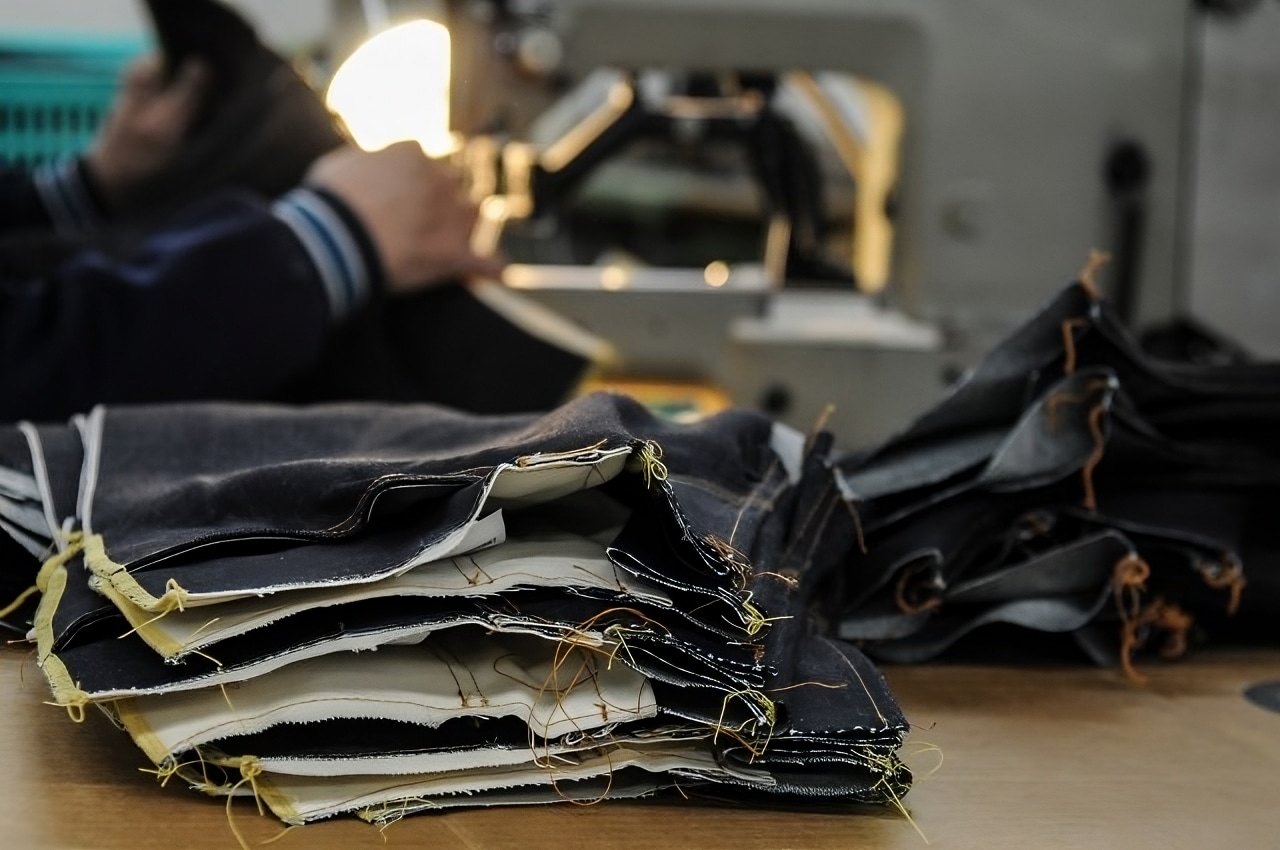
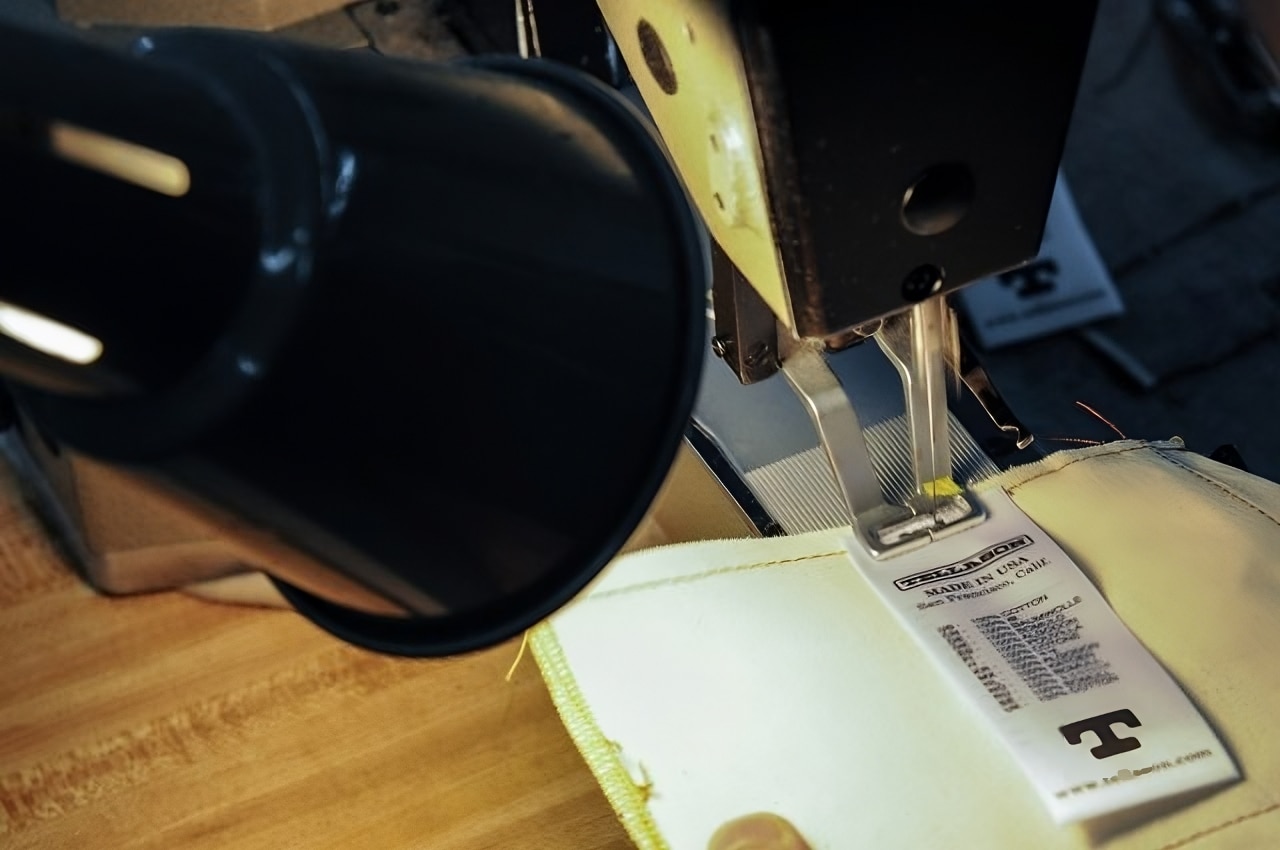
Pete and Tony decided to partner with that same factory, and they’ve stuck with them ever since. Asked about this decision, they draw a novel comparison between denim and prosciutto.
“If you’re looking for the absolute best,” they say, “you go to Parma, where they’ve been making the stuff for thousands of years.”
In the same way, if you want to make dependable jeans, the choice is simple. You make them in San Francisco.
Californian DNA
Thanks to their inflexible insistence on bedrock principles, Pete and Tony have written their own chapter in the rich and storied history of California-made workwear, but this isn’t where the Californian influence begins or ends. California is in their blood.
They were born only two weeks apart in 1965. They started their lives on opposite sides of the world. Tony, the son of a Californian serviceman, was born in Germany, and Pete was born in Long Beach.
Their paths should have crossed on the San Diego State University campus, where they both studied at the same time, moving in similar circles, but they wouldn’t be formally introduced until 1990, when Pete (then a Mossimo salesman) came calling at Tony’s family’s sporting goods store.
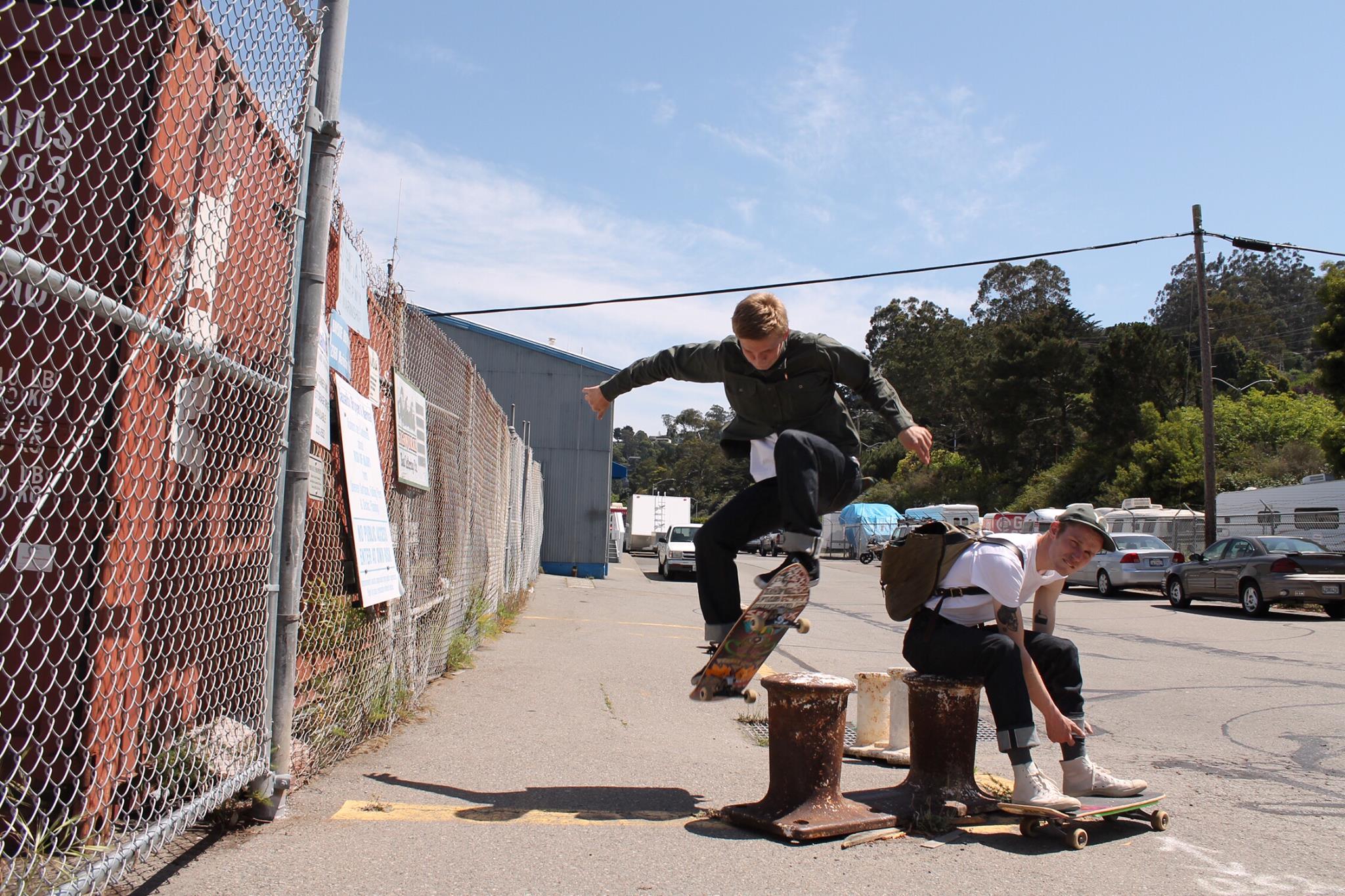
They gelled immediately. They had both come of age in the ‘70s and ‘80s in the midst of California-based cultural revolutions that would shape American culture as a whole in the ensuing decades, so they spoke the same language.
“We grew up,” says Pete, “in an incredible era of skateboarding, music, ramp-building, surfing, pop culture, even early mall culture.”
It was in these decades that a casual style with denim at its core had emerged and taken shape in flourishing subcultures up and down the Californian coast. Tony and Pete had shared experiences in these scenes. They dressed similarly, listened to similar bands, followed the same skaters and surfers. They say that it’s as though they “shared the same closet since day one.”
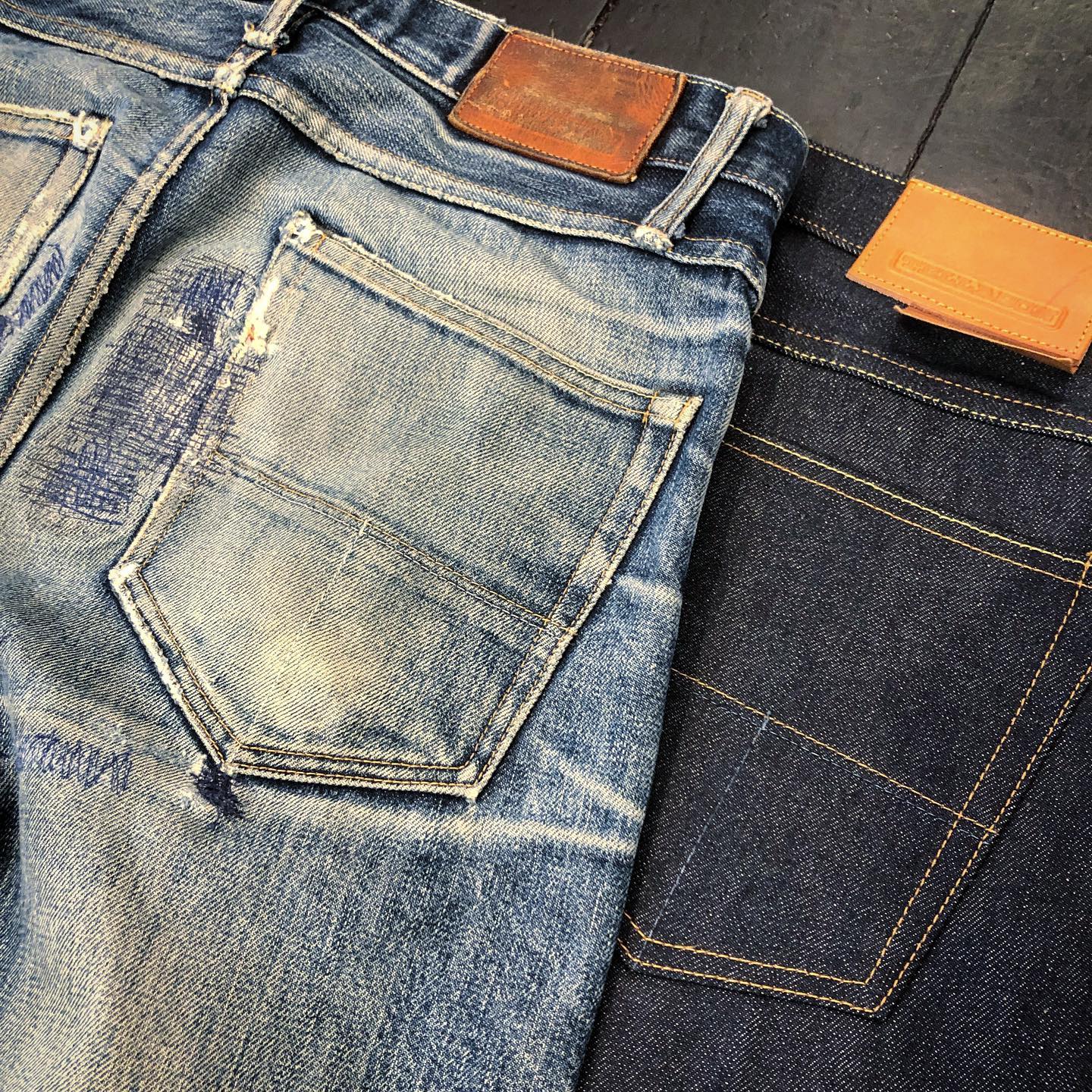
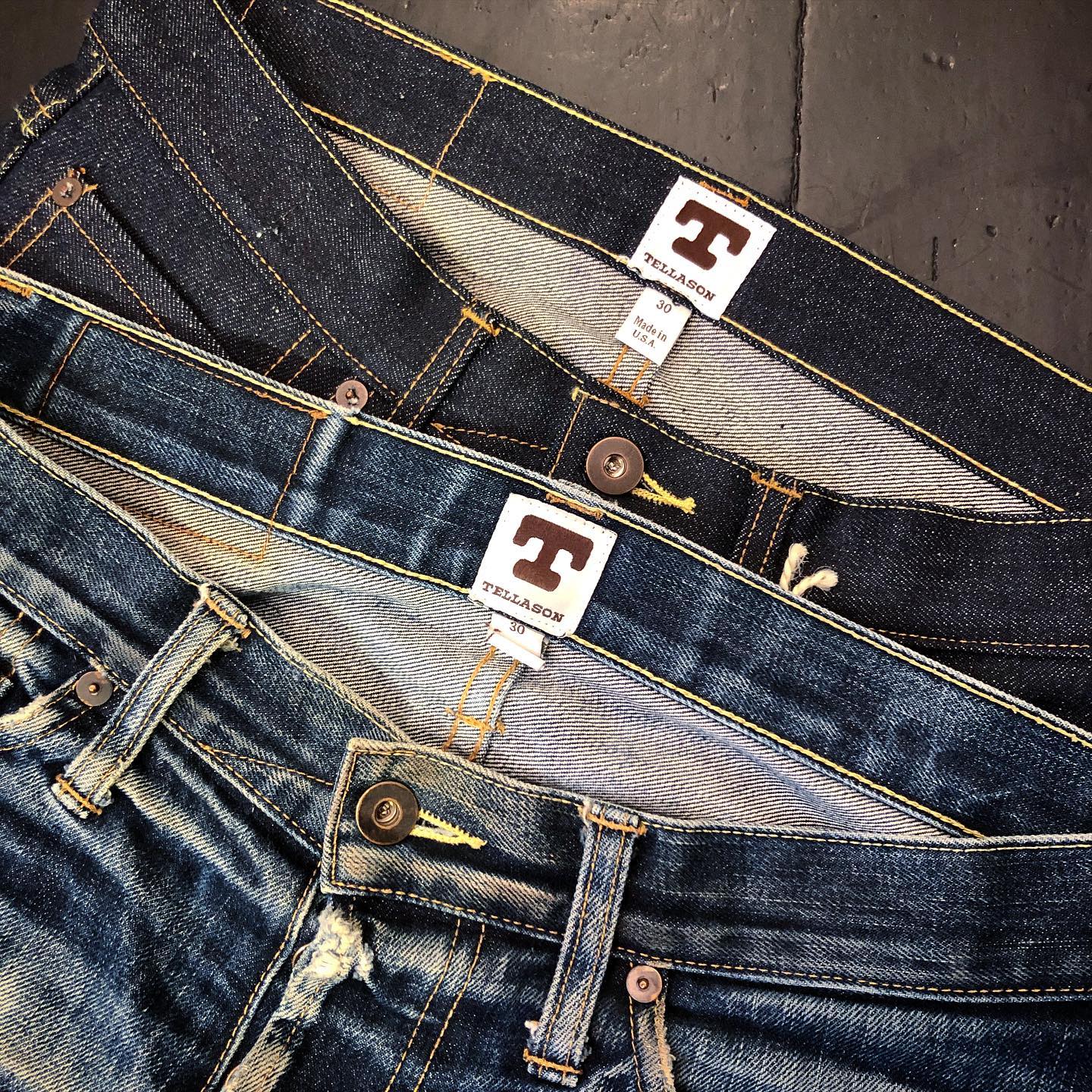
You can see this in Tellason’s authentic storytelling, which always comes straight from the source, not from a marketing team or an AI engine. Whether it is Pete or Tony speaking, the stories sound the same.
Chief among them is California itself. From its hills and trails to its beaches and skateparks, its presence can be felt in every Tellason product. California is woven into Pete’s and Tony’s DNA, and it’s woven into everything that Tellason makes.
Sensible and Timeless Classics
Tony says that he and Pete are “minimalists by nature.” This may help explain what drew them towards American-made workwear, which has ebbed and flowed in popularity but, in its essence, has changed very little over the last century.
They aren’t interested in positioning Tellason as a trend-conscious fashion brand. Rather, they want to create sensible and timeless classics that they’ll be able to sell and wear and then look back on in 10, 20, or even 30 years without snickering.
Most of us, either in our youth or even as adults, have followed some fashion trend or other into ridiculous territory. We look back at pictures of ourselves caught up in these fads and shake our heads remembering our misspent or at least missstyled youth. In the last 15 years, Tellason has never released a product that would create this kind of reaction, and they’re proud of this.
Indeed, decades from now, they (or you) might still be wearing these pieces.
“Our fathers, both kids of the 1950s, can be seen in pictures wearing rolled-up raw denim jeans, white tees, and Chuck Taylors. I’m wearing the same thing today.”
Tony Patella
These pieces represent a kind of throughline in the world of style, and Pete and Tony have attempted to find that thread that passes through age after age, crafting pieces that would fit as naturally into their children’s wardrobes as they would into their fathers’.
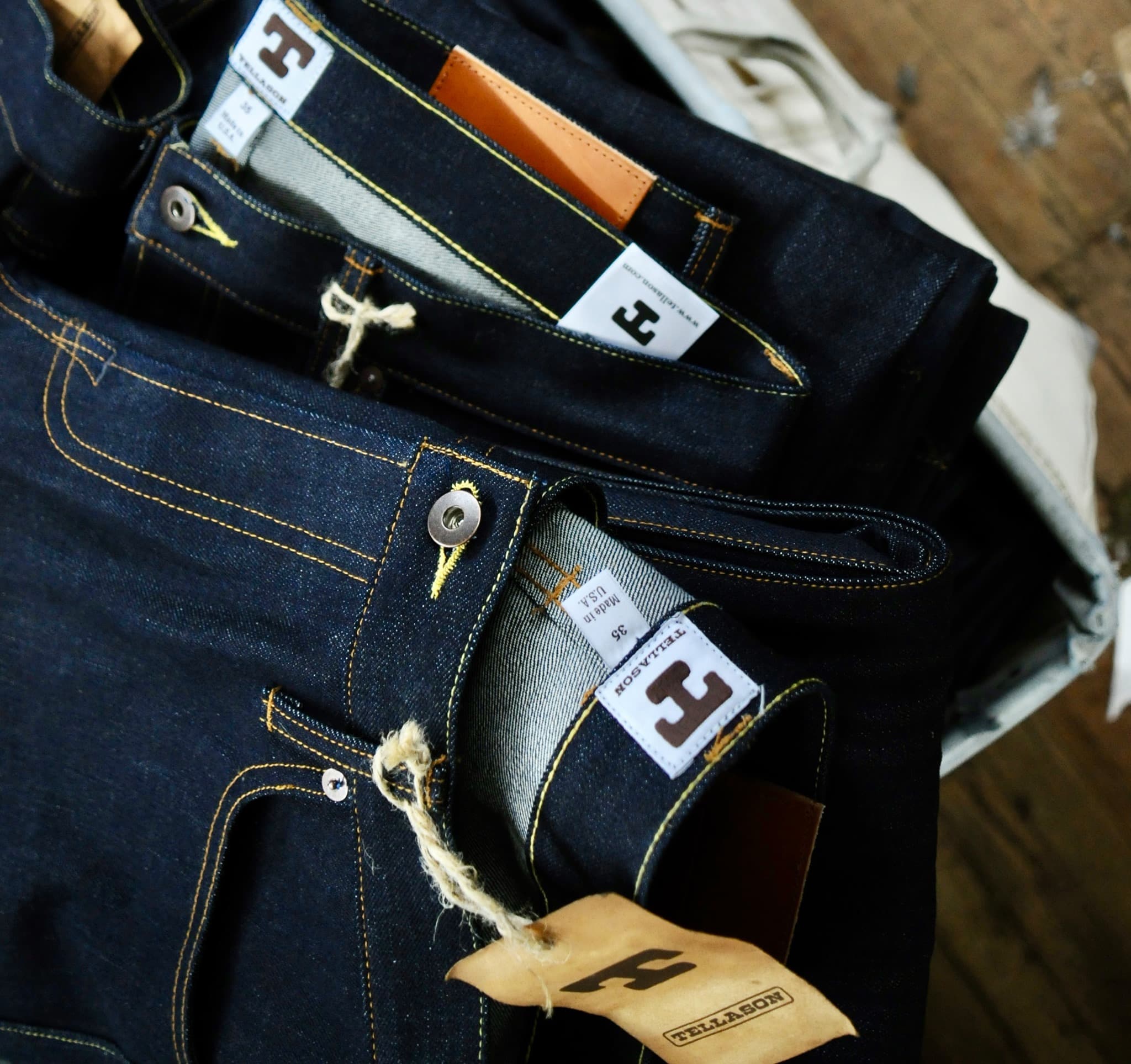
The five-pocket jean, the simple button-down work shirt, or the well-worn denim jacket don’t see the kinds of peaks or valleys of popularity that drive fashion cycles. It’s this ability to last through trends that helps us justify digging that little bit deeper for a quality product.
We spend a little or a lot more because we know that we’re investing in a piece that won’t be consigned to the dustbin of history. It will remain perpetually relevant, essential, and stylish.
Who knows what trends will come and go in the years ahead, but Pete and Tony will bet dollars to donuts that well-made, American-made jeans and workwear will continue to be as essential, relevant, and stylish as ever (we’ll make that same bet).
If you’re curious to learn more about Tellason’s product line-up, you should have a look at our buying guide to the brand’s five most iconic items here.
An Island in The Bay
Pete and Tony have a refreshing candour for brand principles. They’re straight shooters, and they design in a similarly straightforward way. They don’t sign their pieces with a flourish.
From chest pockets to arcuates and patches, everything is simple and understated, and they have always attracted a class of similarly no-nonsense customers, who share Tony and Pete’s distaste for the flashbang of fashion.

Tellason enjoys a nearly unrivalled degree of customer loyalty for this reason. Customers make the return trip to the San Francisco brand not in spite of the brand’s predictability but because of it.
The brand’s core line-up grows slowly, but crucially, it doesn’t change with the years or seasons. Customers who have had a great experience with a core product (an experience that might last years) can return to find the same product made in the same ways in the same place from the same fabric.
Tellason is an island in The Bay. Rather than being pulled by the undercurrents of fashion towards the next best thing, it remains steadfast. Tellason has planted its feet firmly at the birthplace of the five-pocket jean, and has inserted itself into the long story of well-made American workwear.
Keeping Up with Tellason
Each week, Tellason names one of its products the Item of the Week. In a short video, the founders dive into the story behind the product, discussing how it came to be part of the Tellason family, its pre-Tellason history, and how it can be styled.
Each Item of the Week is discounted by 20%, so it’s definitely worthwhile to get notifications from Tellason each time a new Item of the Week is announced.
Check out the current Item of the Week here and sign up to receive them weekly.

